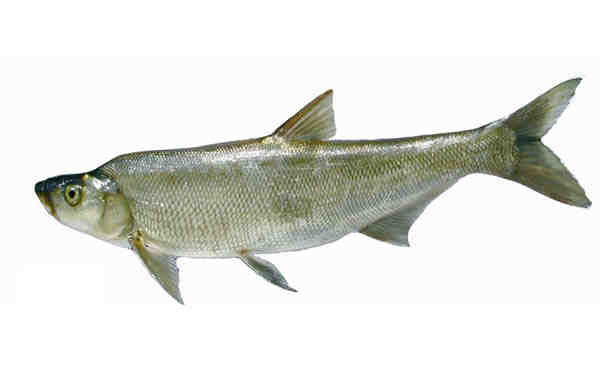Anabarilius polylepis, the Latin name of the multi-scale whitefish, is a fish species unique to Yunnan, China.

The main food of multi-scale whitefish is aquatic plants, followed by small fish and shrimp. 1 winter age can reach sexual maturity, and in early spring every year, the parent fish swims in groups to the nearshore gravel beach to spawn.
During the peach blossom season in Kunming, the multi-scaled whitefish reproduces very quickly, hence the name peach blossom whitefish. Because it grows faster than another whitefish distributed in the same waters, it is also called big whitefish. It was once one of the main fishery targets in the production area, but since the 1970s, due to environmental changes, it is now on the verge of extinction.
Listed in the second level of the "List of National Key Protected Wildlife in China".
Protect wild animals and eliminate game.
Maintaining ecological balance is everyone's responsibility!